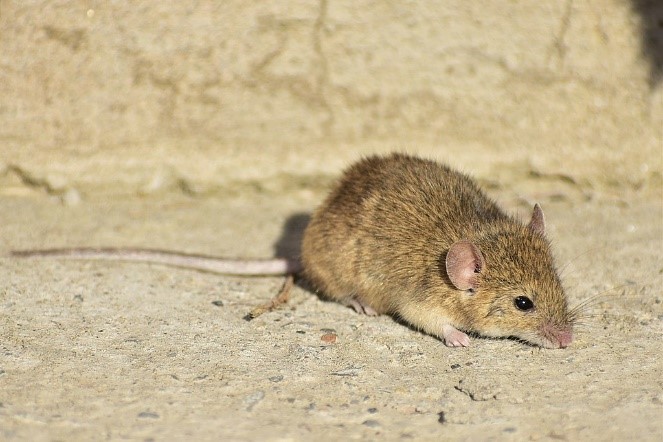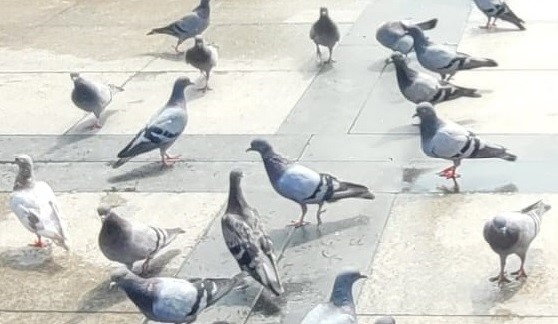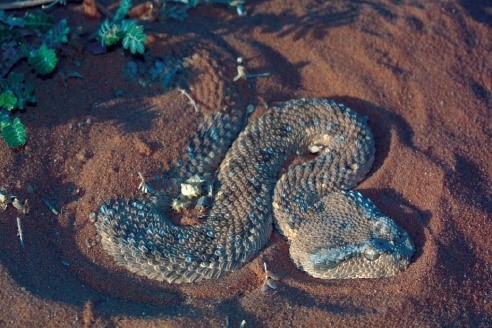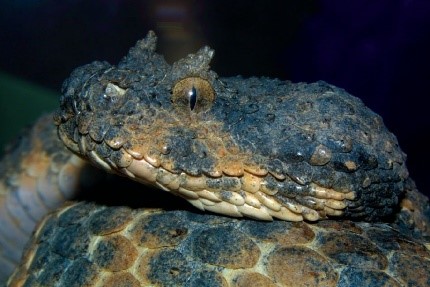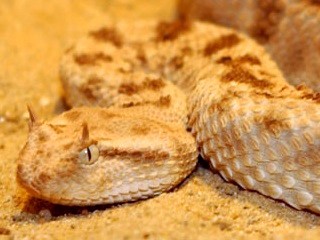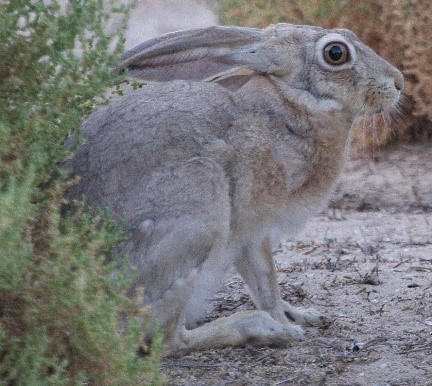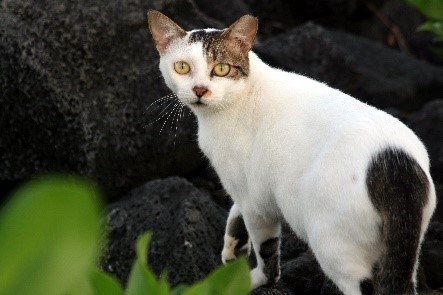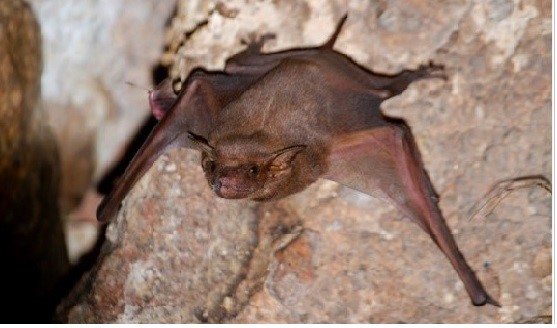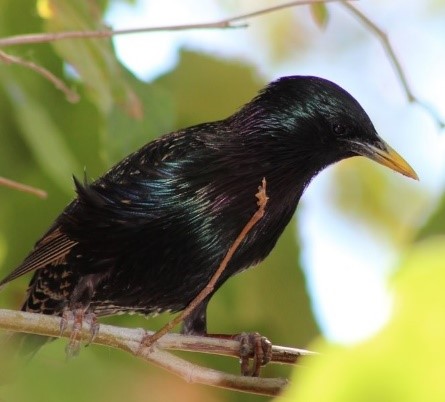Rodents
Rodents are considered the most dangerous warm-blooded mammals because they transfer diseases that affect the distribution of human communities. There are about 1,500 living rodent species (out of about 4,000 living mammals overall). More than 35 dangerous diseases are transferred to humans by rodents, either directly through food poisoning through the body, urine, and feces of rodents or indirectly through…

